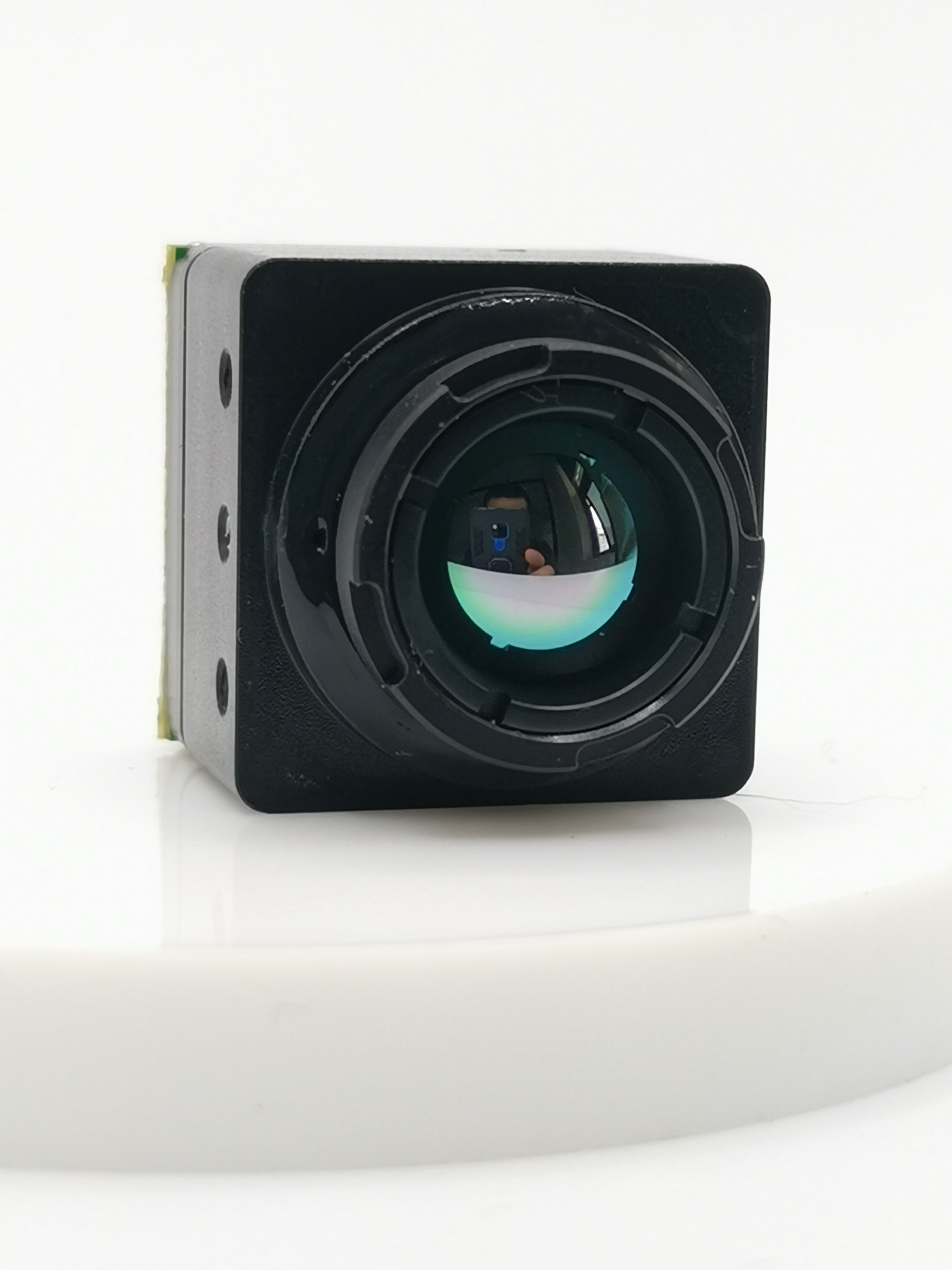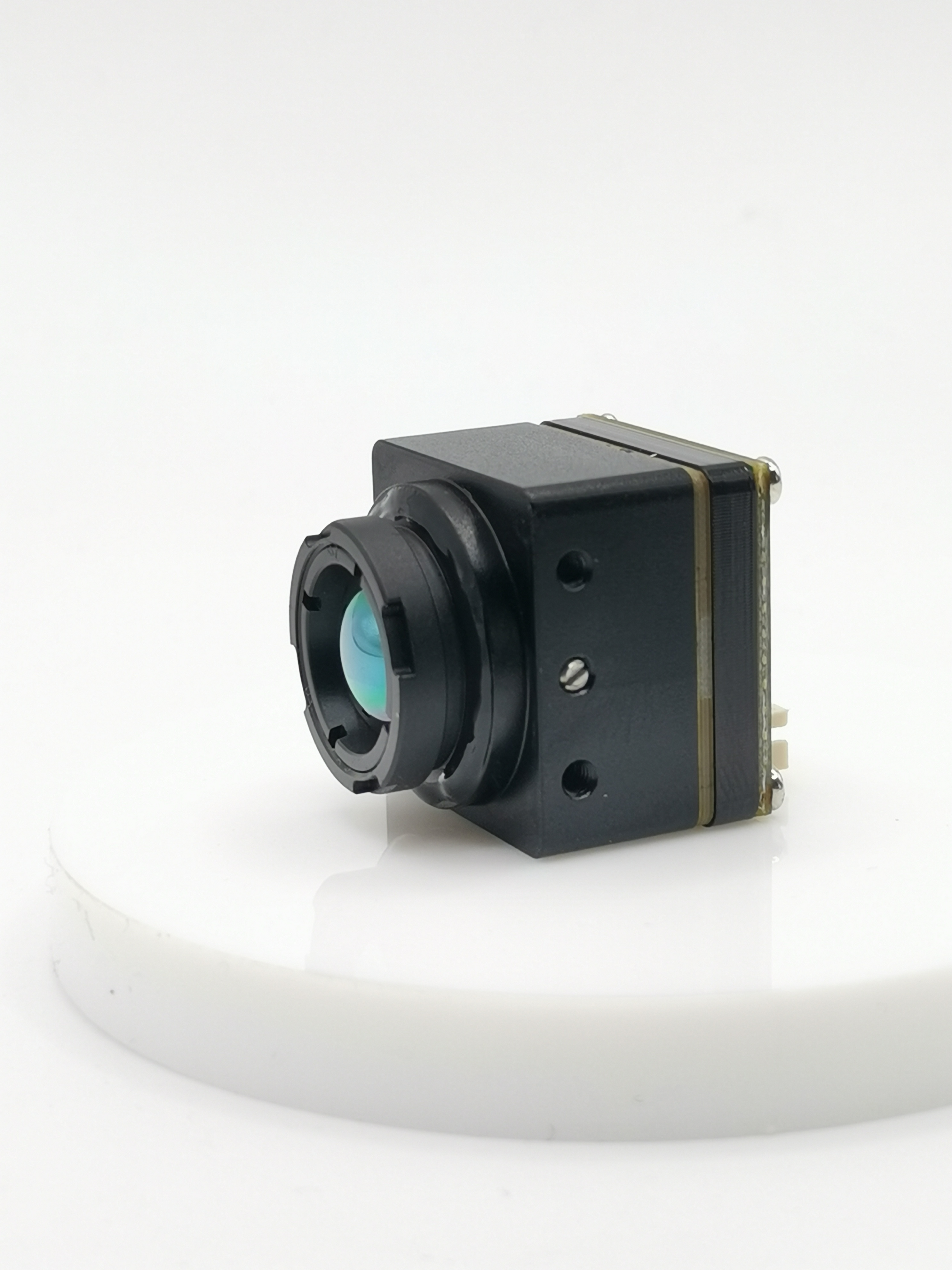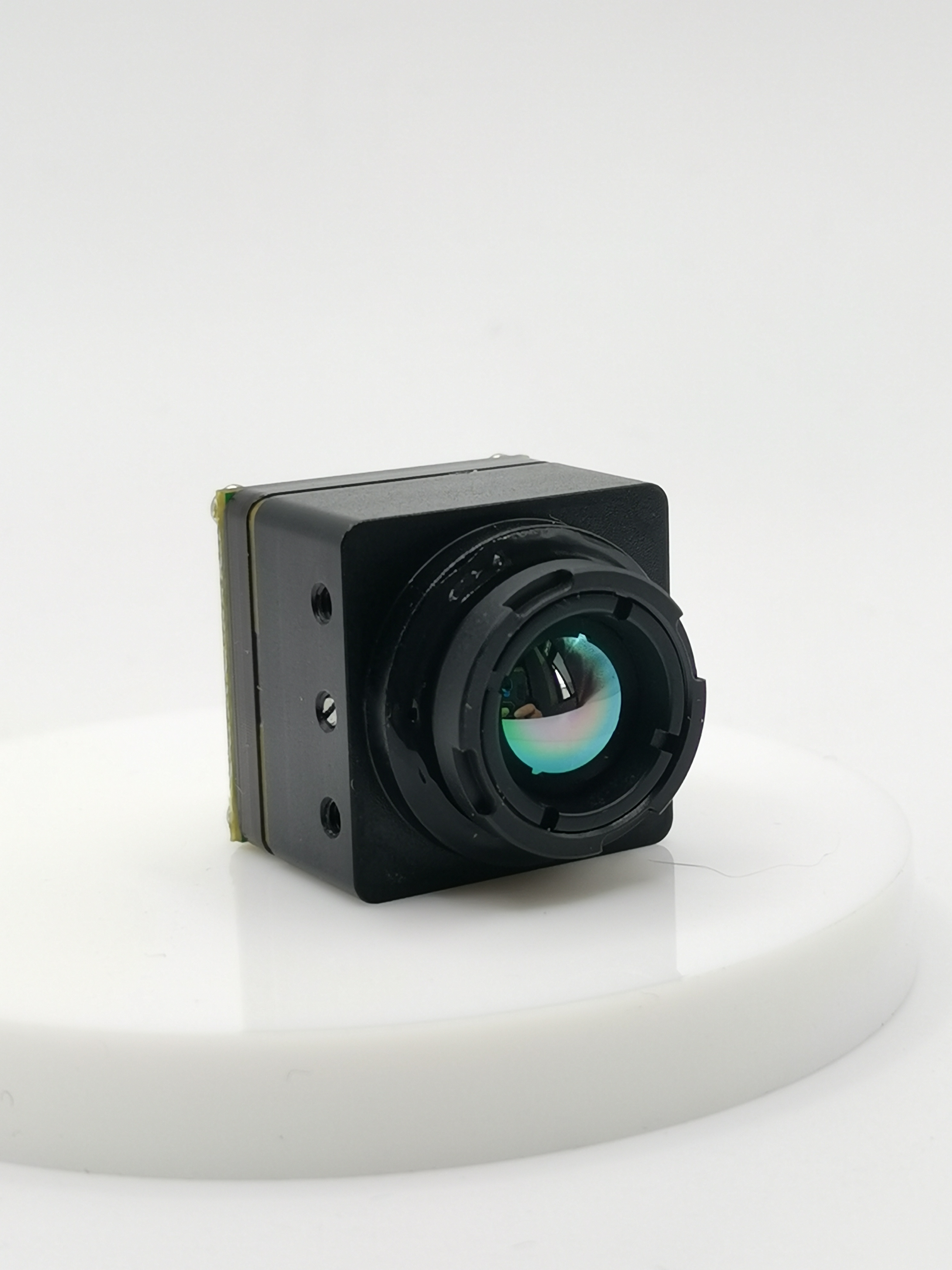Discover the Ultimate Micro Drone Thermal Camera Buying Guide

In the realm of drone technology, the significance of micro drone thermal cameras cannot be overstated. These advanced devices offer a unique perspective by capturing thermal radiation emitted by objects. When considering purchasing a thermal camera PTZ for drones, key features like resolution and PTZ capabilities play a crucial role. This comprehensive guide aims to equip readers with essential knowledge to make informed decisions when selecting the ideal military drone with thermal camera for their specific needs.
Key Features to Consider
When selecting a thermal camera PTZ for drones, resolution stands out as a fundamental aspect to evaluate. The importance of high resolution cannot be underestimated, as it directly impacts the clarity and precision of thermal images captured during drone operations. Opting for a thermal camera with a higher resolution ensures that even minute details are vividly displayed, enhancing the overall effectiveness of surveillance and reconnaissance missions. Recommended resolution ranges typically fall within specific parameters to guarantee optimal performance.
Exploring PTZ capabilities opens up a realm of possibilities for drone enthusiasts. The benefits of PTZ (thermal camera ptz for drones) are vast, offering enhanced control over the field of view and enabling operators to zoom in on specific areas of interest with remarkable accuracy. This feature proves invaluable in scenarios where detailed inspection or close monitoring is required. Examples abound showcasing the versatility of PTZ applications, from intricate infrastructure assessments to swift search and rescue operations.
Delving into the realm of software features uncovers advanced functionalities that elevate thermal imaging experiences. AI visual pattern detection empowers drones equipped with thermal cameras to identify patterns swiftly and accurately, aiding in rapid decision-making processes during critical missions. Moreover, thermal imaging monitoring capabilities provide real-time insights into temperature differentials, enabling proactive responses to dynamic environmental conditions.
Durability and Reliability
Importance of durability
Durability stands as a paramount factor when selecting a thermal camera for drone operations. The robust construction of these cameras ensures longevity and resilience in challenging environments. A durable camera can withstand harsh conditions, including extreme temperatures and rough handling during missions. Opting for a reliable thermal camera guarantees consistent performance and minimizes the risk of malfunctions that could compromise critical tasks.
Features to look for in durable cameras
When assessing the durability of a thermal camera, specific features indicate its ability to endure demanding situations effectively. Look for cameras with reinforced casing that protects internal components from external impacts. Additionally, consider models with waterproof and dustproof capabilities to maintain functionality in adverse weather conditions. Thermal cameras equipped with shock-absorbing mechanisms further enhance their durability by mitigating damage from sudden jolts or vibrations during drone flights.
Thermal cameras designed with high-quality materials such as aerospace-grade aluminum or carbon fiber offer superior durability without adding unnecessary weight to the drone. Furthermore, inspect the lens protection system of the camera to ensure it can resist scratches and impacts without affecting image quality. Prioritizing these features when evaluating thermal cameras guarantees a reliable device that can withstand the rigors of aerial operations seamlessly.
Top Micro Drone Thermal Cameras

When exploring the realm of micro drone thermal cameras, it is essential to consider the top models available in the market. Each camera offers unique features and specifications that cater to various needs and preferences, ensuring that drone enthusiasts can find the perfect match for their aerial operations.
Camera Model 1
Key Features and Specifications
High Resolution: Captures detailed thermal images with precision.
PTZ Capabilities: Enables flexible control over the field of view.
Advanced Software Features: Includes AI visual pattern detection for enhanced functionality.
Durable Construction: Withstands challenging environments seamlessly.
Pros and Cons
Pros:
Provides high-quality thermal imaging for accurate analysis.
Offers versatile PTZ capabilities for dynamic surveillance tasks.
Advanced software enhances operational efficiency.
Robust construction ensures longevity and reliability.
Cons:
May have a higher price point compared to other models.
Complex features may require some learning curve for new users.
Camera Model 2
Key Features and Specifications
Geometric Magnification: Enhances zoom capabilities for detailed inspections.
Dual Energy Detection: Enables identification of suspicious items efficiently.
Laser Rangefinder-Target Designator: Ensures precise targeting during missions.
Pros and Cons
Pros:
Geometric magnification provides superior zoom functionality.
Dual energy detection enhances security measures effectively.
Laser rangefinder-target designator offers accurate measurements.
Cons:
The camera may be bulkier due to additional features.
Requires proper calibration for optimal performance in different scenarios.
Camera Model 3
Key Features and Specifications
Thermal Imaging Monitoring: Provides real-time insights into temperature differentials.
Aerospace-grade Materials: Ensures durability without compromising weight.
Waterproof and Dustproof Design: Maintains functionality in adverse conditions.
Pros and Cons
Pros:
Real-time thermal monitoring enhances situational awareness during operations.
Aerospace-grade materials offer a perfect balance between durability and weight.
Waterproof and dustproof design ensures reliability in various environments.
Cons:
The initial investment might be higher due to advanced features.
Regular maintenance is crucial to preserve waterproofing capabilities over time.
Applications of Micro Drone Thermal Cameras

Military and Defense
Thermal imaging cameras for drones have become indispensable tools in military drone operations. The utilization of these advanced devices enables precise surveillance and reconnaissance, enhancing the efficiency and effectiveness of military missions. By equipping drones with thermal cameras, military personnel can gather crucial intelligence, monitor activities in real-time, and identify potential threats swiftly.
In the realm of military operations, the benefits offered by thermal imaging technology are unparalleled. The ability to detect heat signatures allows for the identification of targets even in challenging environments or under camouflage. This capability significantly enhances situational awareness, providing tactical advantages during both daytime and nighttime operations.
Search and Rescue
The integration of thermal cameras into drones has revolutionized search and rescue efforts worldwide. One of the primary advantages lies in their ability to aid in locating missing persons efficiently. By detecting body heat signatures, these cameras assist rescue teams in identifying individuals trapped in remote or hazardous locations, expediting search operations and increasing the chances of successful outcomes.
Numerous success stories highlight the pivotal role played by micro drone thermal cameras in search and rescue missions. From locating lost hikers in rugged terrains to rescuing survivors from natural disasters, these devices have proven instrumental in saving lives and mitigating risks during critical situations.
Industrial Inspections
In the domain of industrial inspections, the use of thermal imaging cameras on drones has redefined maintenance practices and safety protocols. These innovative tools facilitate comprehensive assessments of infrastructure components, such as pipelines, power lines, and buildings, enabling early detection of potential issues before they escalate into costly problems.
The benefits derived from employing micro drone thermal cameras for industrial inspections are manifold. Enhanced visibility provided by thermal imaging enables inspectors to identify anomalies like overheating equipment or structural defects with precision. This proactive approach not only streamlines maintenance processes but also contributes to ensuring optimal safety standards within industrial facilities.
Wildlife Monitoring
Importance for conservation efforts
Conservation efforts benefit significantly from the integration of thermal imaging cameras on drones. These specialized devices play a pivotal role in monitoring wildlife populations and habitats, aiding conservationists in making informed decisions to protect endangered species and preserve biodiversity. By capturing thermal radiation emitted by animals, these cameras provide valuable insights into their behaviors, movements, and interactions with the environment.
Drones equipped with thermal cameras offer a non-intrusive method of observing wildlife without causing disturbance or stress to the animals.
The data collected through thermal imaging helps researchers track animal migration patterns, identify nesting sites, and monitor population dynamics effectively.
Conservation organizations leverage thermal drone cameras to conduct surveys in remote or inaccessible areas, facilitating comprehensive assessments of ecosystems and species diversity.
Examples of wildlife studies
Researchers utilizing DroneThermal v4 have successfully monitored elusive species like nocturnal mammals in dense forests, shedding light on their nocturnal behaviors and habitat preferences.
The DJI Zenmuse Payload Series, integrated with thermal capabilities, has been instrumental in tracking marine mammals' movements along coastlines for conservation purposes.
The use of DJI Thermal Analysis Tool has enabled scientists to analyze temperature variations in bird nests, aiding in understanding breeding behaviors and reproductive success rates.
With the assistance of Thermal Drone Camera Inspection WIRIS PRO, conservationists have conducted aerial surveys of protected areas to assess the impact of climate change on vulnerable species' habitats.
Summarize the essential factors highlighted throughout the guide for selecting a suitable micro drone thermal camera.
Stress the critical role of aligning the features of a thermal camera with specific operational requirements.
Encourage readers to carefully evaluate the functionalities and potential applications before finalizing a purchase.
Consider future advancements in thermal camera technology to enhance operational capabilities and efficiency.
See Also
Selecting the Top Drone with Thermal Imaging Camera: A Comprehensive Guide
Exploring the Best Drones with FPV Thermal Camera Technology
Comparing FPV Thermal Camera and Top Thermal Camera Drones
Selecting the Perfect Mini Drone with FPV Thermal Camera Support
Contact Us: Ms. Coco Huang
E-mail: sales@iasun.cn
WhatsApp/Wechat: +86 13510421923

